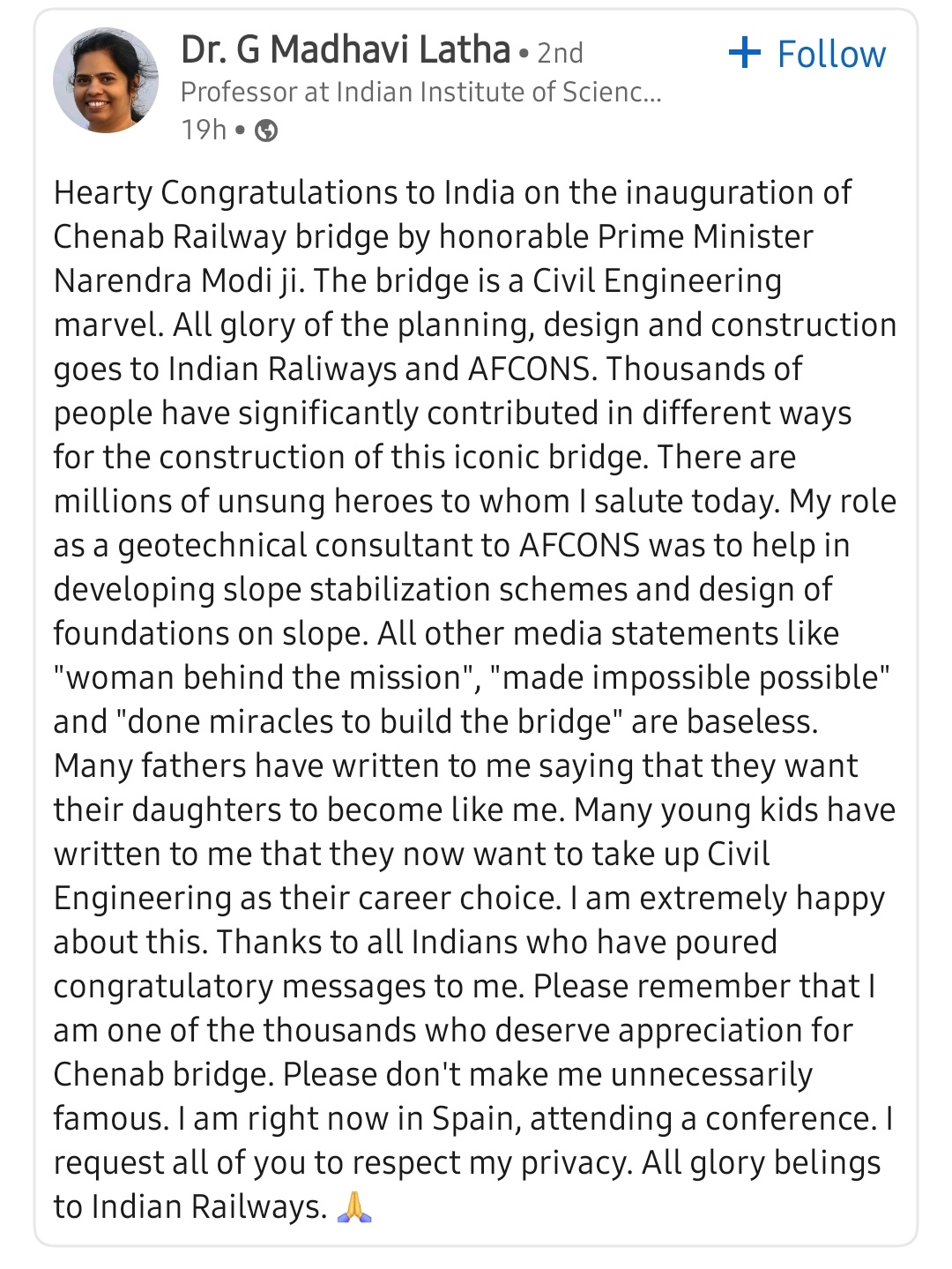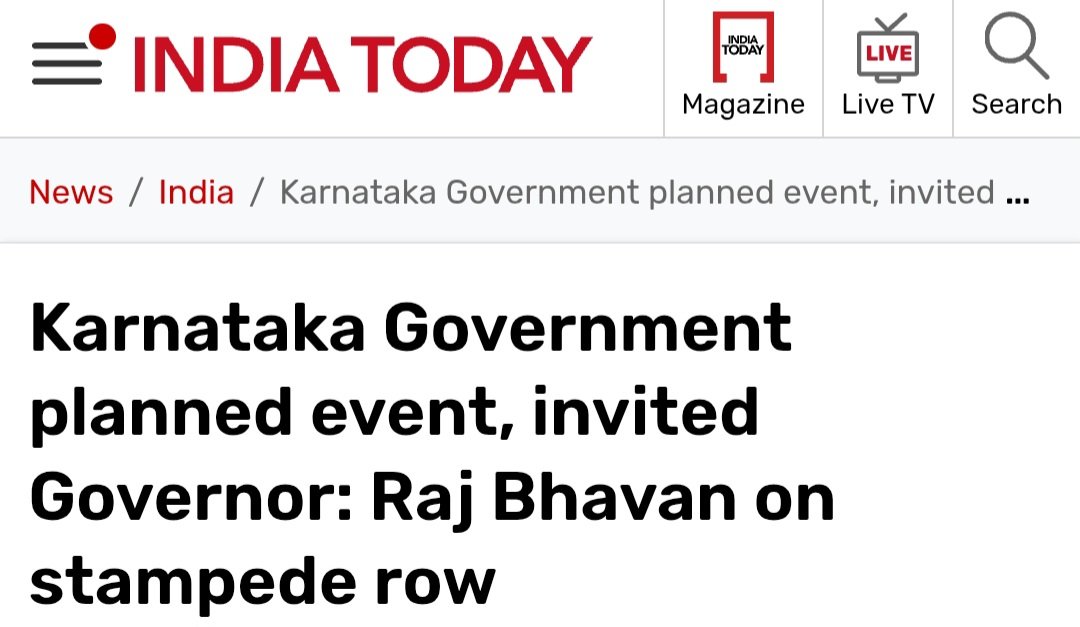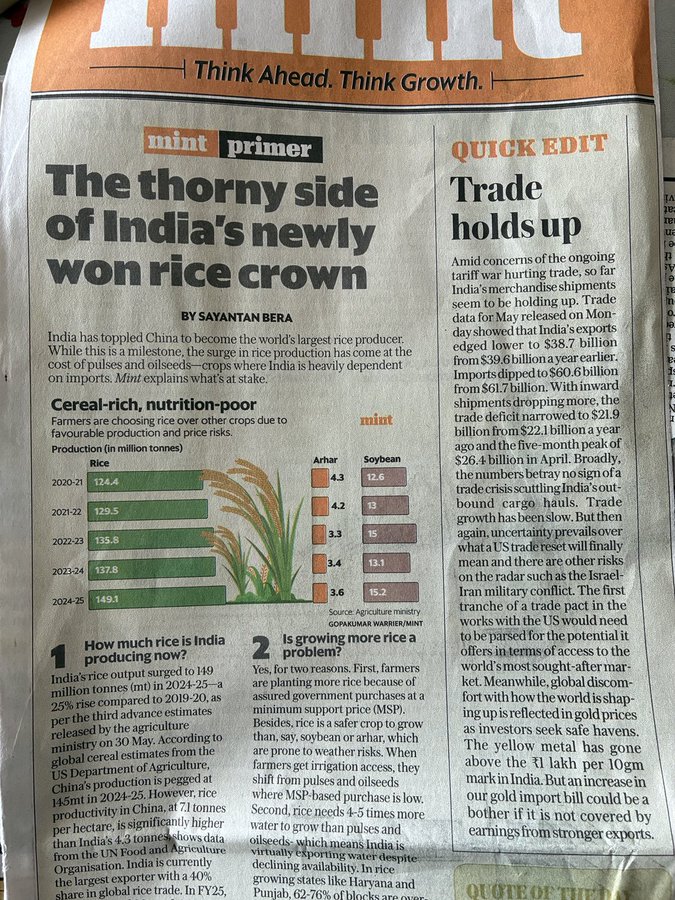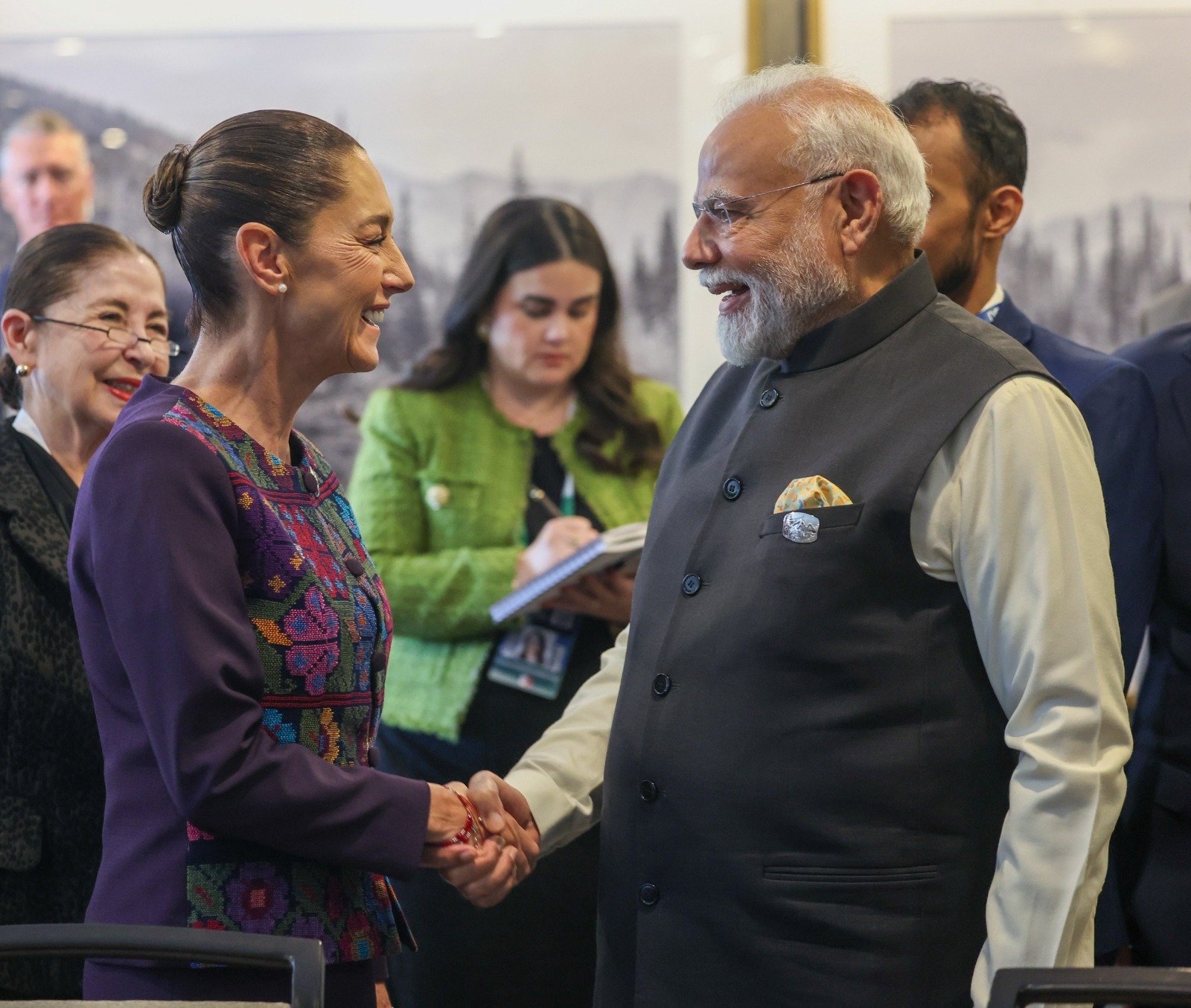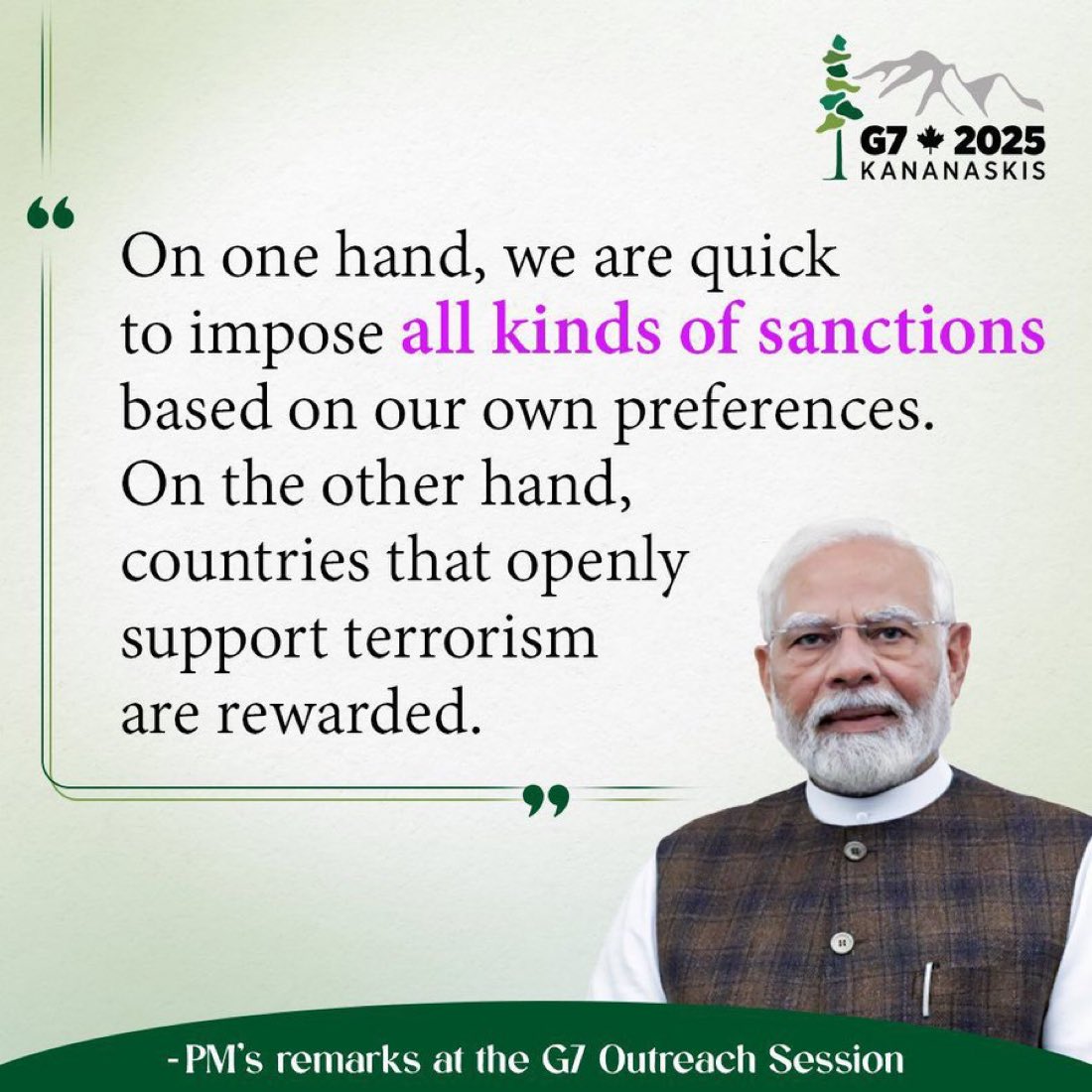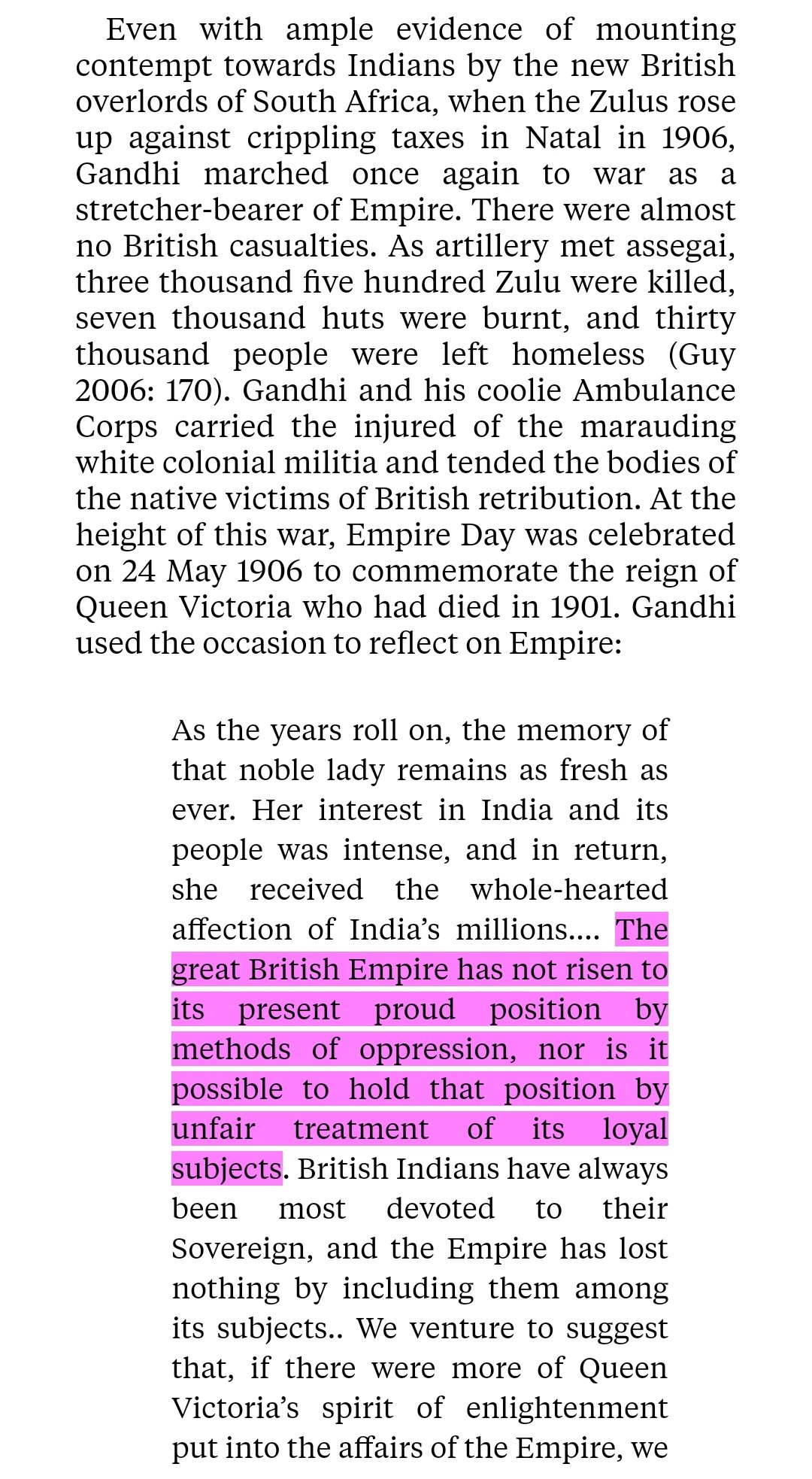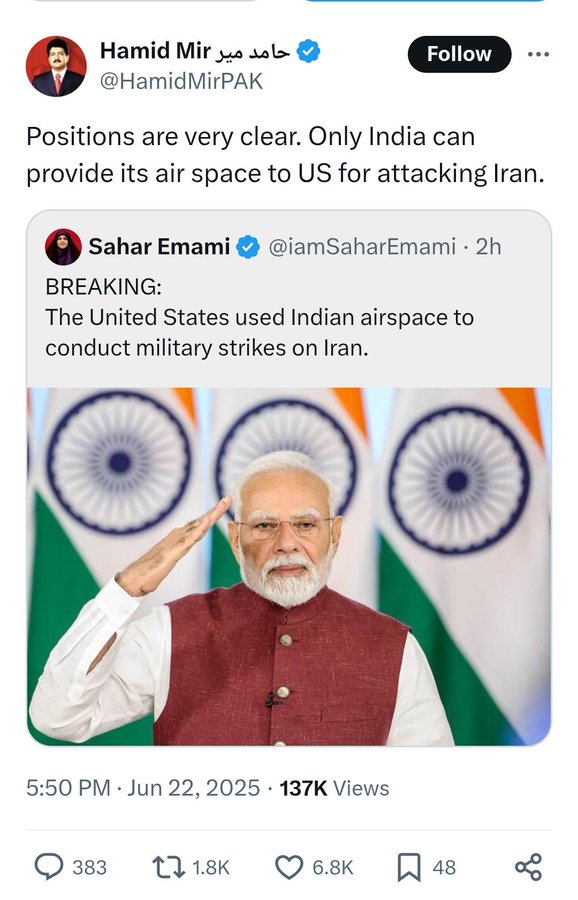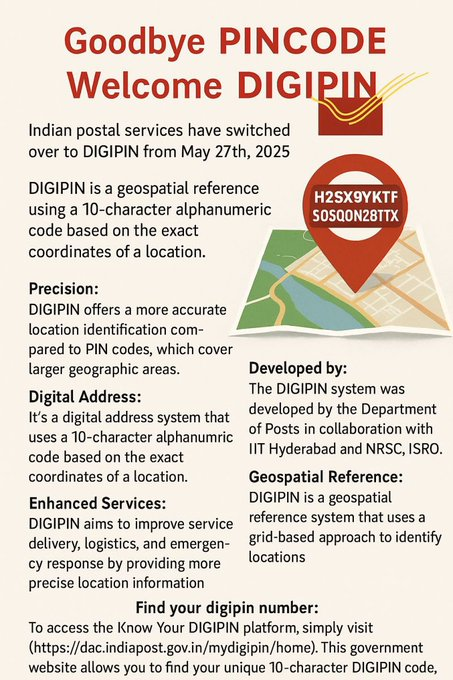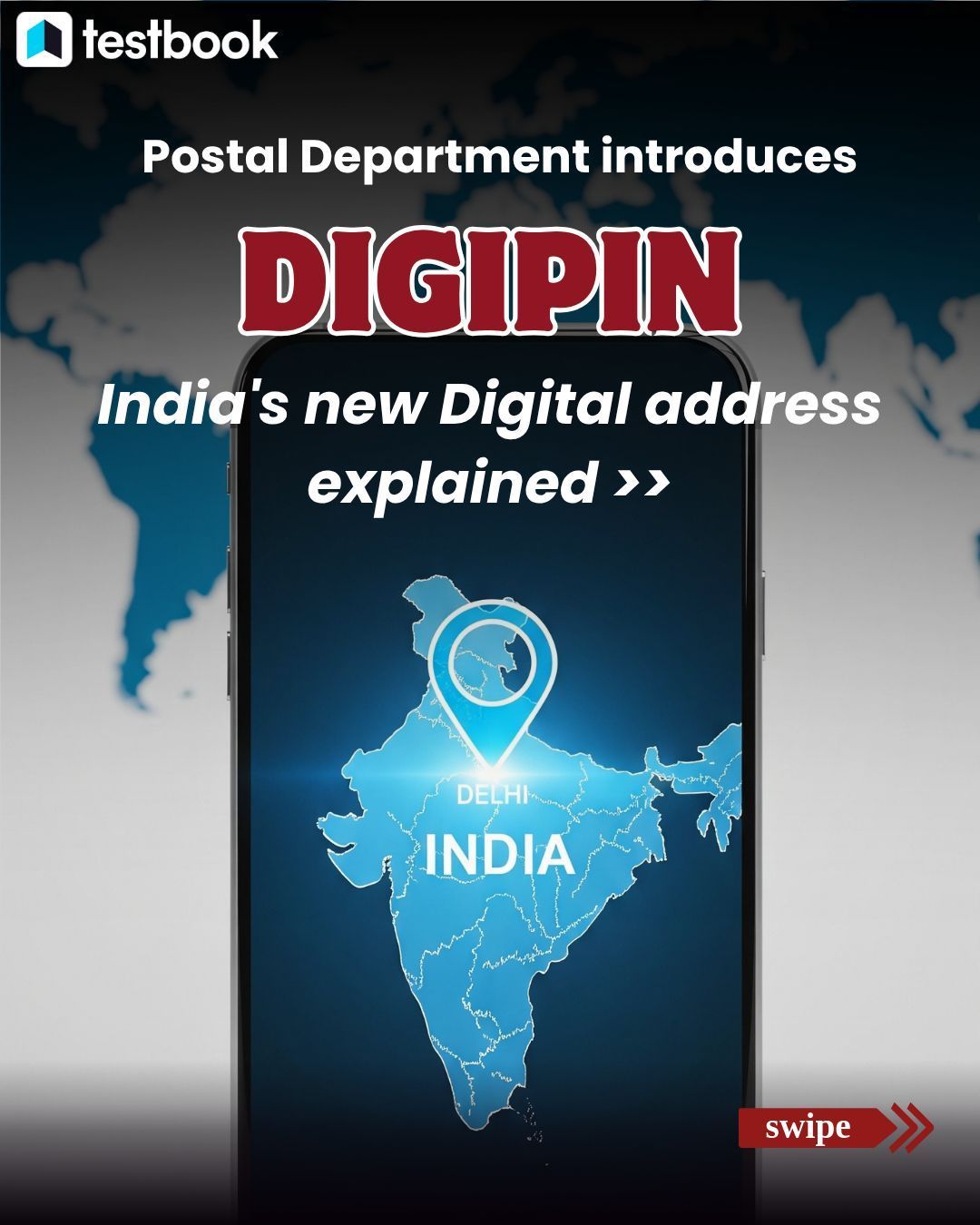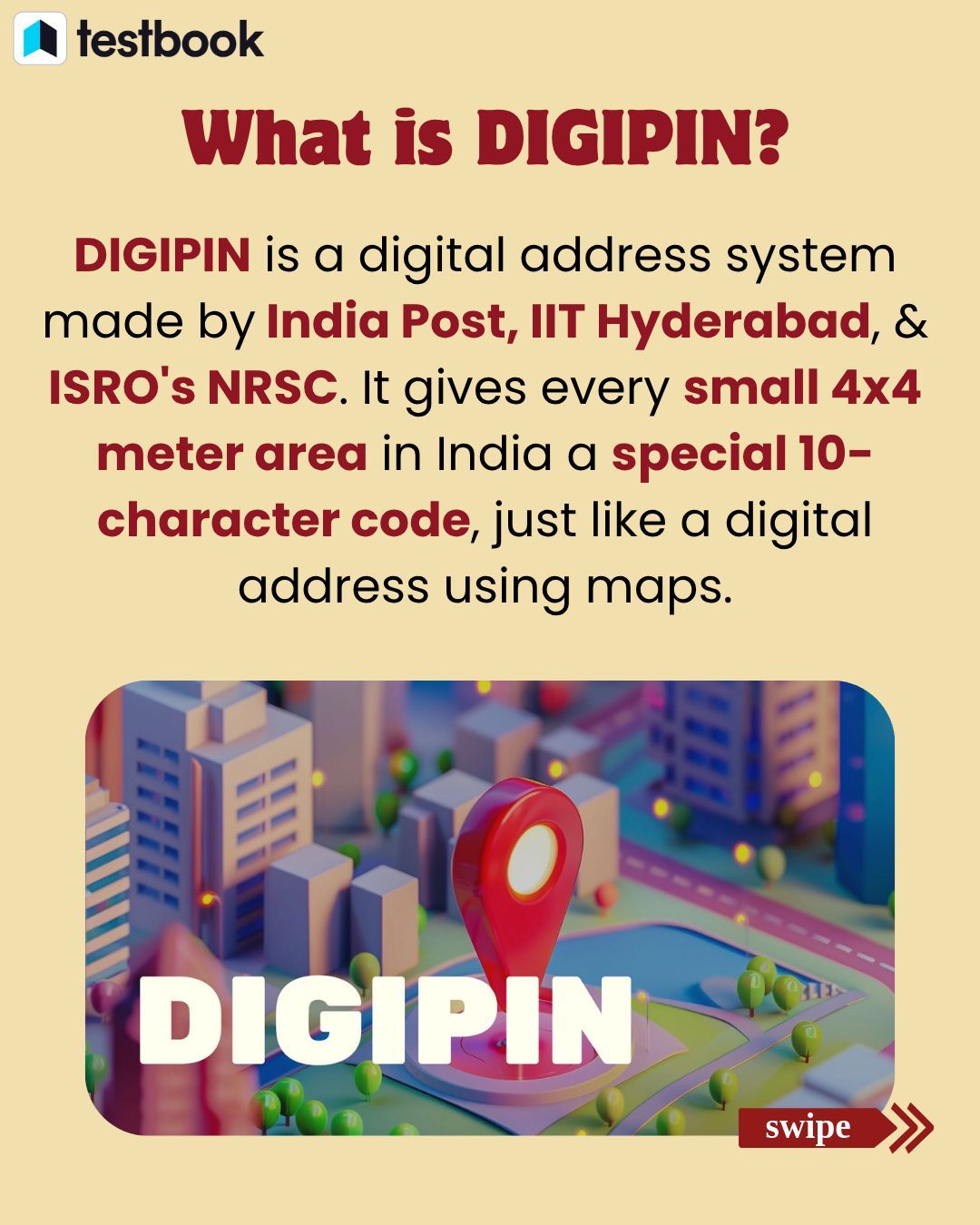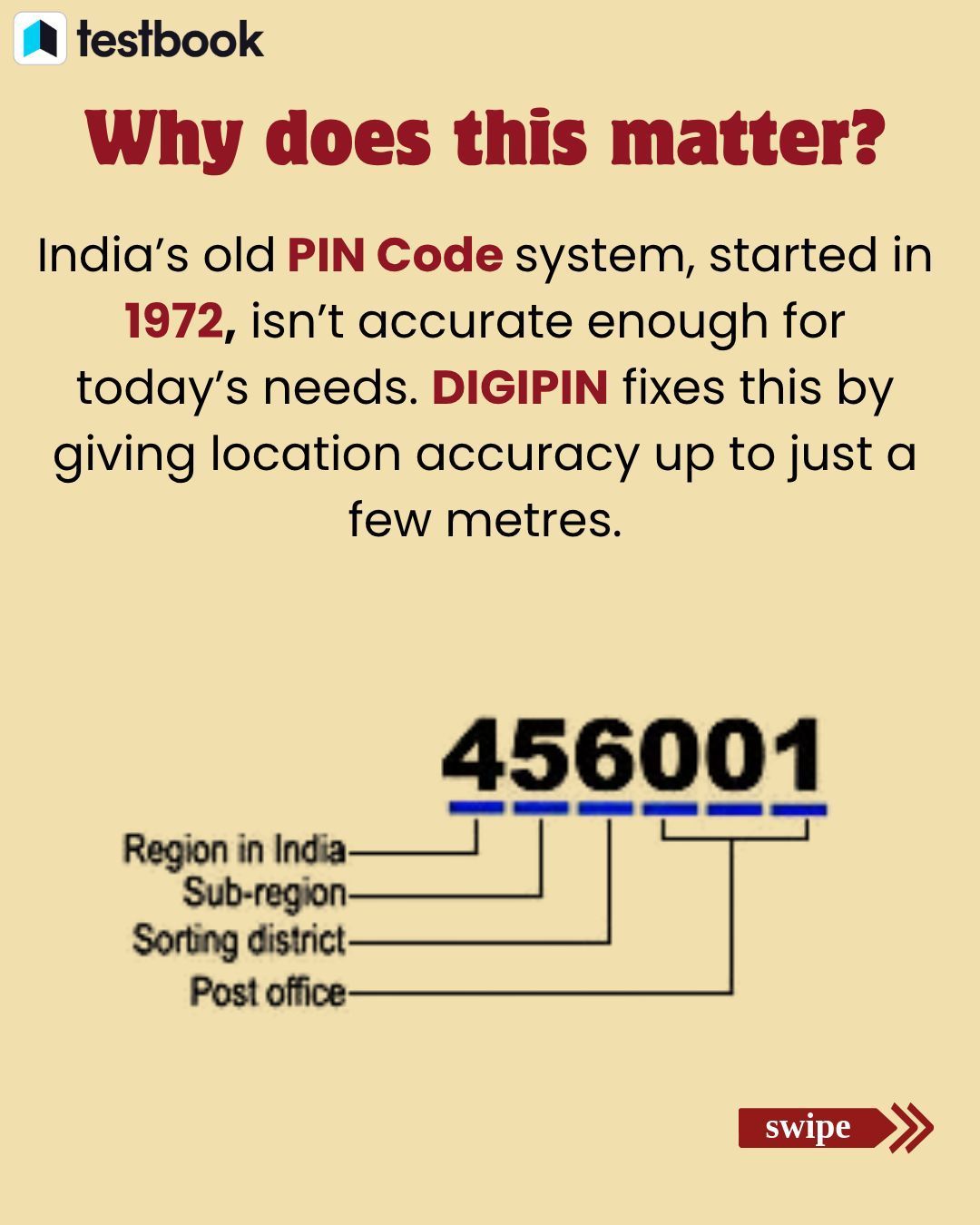posting a couple of swarajya articles, not many, if at all any of swarajay articles have been posted here in full in the recent past and they do allow a couple of free articles every month, regardless, please try supporting as many indic media voices as possible, it is quite literally the least you can do
now we have 5 newish cm in the past year and a half, i am always interested to see how things are progressing under the new regimes with newer philosophies, best would be to wait for the financial data released around april to see the change in gsdp and a 2 year period would be sufficient to gauge progress
starting off with mp - now mamaji has been an alright agri minister, under his rule, mp became the top producer of many agri products, and increased dramatically in others, even at the centre, the agri output has been good under his tenure, though i think it would be premature at this stage to attribute all the success to him seeing the limited time he has been the overseer, maybe he brought his mp team to the centre, maybe he replicated practices, it would be difficult to say at this stage
when mohan yadav became the cm, his first months, he had some negative feedback from the pmo, as per the media, as he was spending more time in his constituency of ujjain than the capital, bhopal
since then there's been a spate of articles, all alluding to his good governance, his investor summit was also well attended, heres a swarajya article
Madhya-pradesh-emerges-as-centre-of-cooperative-federalism
In the last one year, BJP-led states have signed several Memorandums of Understanding (MoU) among themselves for projects ranging from water sharing and power sharing to trade and tourism.
The most recent example is an MoU between Maharashtra and Madhya Pradesh (MP) for the 'Tapi Basin Mega Recharge Project', the world’s largest groundwater recharge project.
Apart from the scale of this project, what makes this MoU an achievement is that the Interstate Coordination Board of the two states met after 25 years to finalise the MoU and resolve the long-standing issues.
The project aims to benefit two districts of MP, Burhanpur and Khandwa and four districts of Maharashtra Akola, Buldhana, Amravati and Jalgaon by raising the groundwater level in the dry regions of Nimar and Vidarbha, respectively.

Firstly, it is necessary to understand that why such a mega groundwater recharge project could not be undertaken anywhere else in the world.
Such projects can be undertaken only when the recharge capacity of the concerned soil is very high.
In the Tapi River Valley near the MP-Maharashtra border, a 'Bajada Zone' has formed along the Tapi River. This zone possesses exceptional water recharge capacity because it is formed by the coalescing (merging) of several alluvial fans along the base of a hill range.
"The project is dependent on the fault area. There is a natural fault line 200 kilometre (km) long, which is called Bajada zone. Along the fault line, two canals on its both sides will be constructed. This fault line makes the recharge of this level possible. We are using the natural fault line," Chitnis explained.
To leverage this nature's gift, a 221-km-long canal will be constructed from the right bank of the Khariya Gutighat Weir, of which 110 km will be in MP. The left bank canal will be constructed in two phases.
Phase 1 includes a 135.64-km-long canal from the left bank of the weir, of which 100.42 km will lie in MP. Phase 2 will begin from 90.89 km length of Phase I and will flow through a 14 km tunnel and stretch to 123.97 km in total.
To supply water into these canals, a weir at Khariya Gutighat Dam site will be constructed with a water storage capacity of 8.31 TMC (thousand million cube feet). The scale of the project can be understood from the fact that 1 TMC is equal to approximately 2,832 crore litres.
The total water usage in the recharge project will be 31.13 TMC, with 11.76 TMC allocated to MP and 19.36 TMC to Maharashtra. As a result, the project will facilitate irrigation over approximately 1.23 lakh hectares in MP and 2.37 lakh hectares in Maharashtra.
To further expedite work, the next interstate board meeting will be held in Maharashtra in October. Moreover, both the states have submitted a proposal to the centre requesting 90 per cent of the funding from the Union government.
"MP has become the first state in the country to initiate two projects under the grand campaign of river linking," said PM Modi during the foundation laying of Ken-Betwa river linking project on 25 December 2024.
A tripartite agreement for this was signed with the Uttar Pradesh (UP) government and the Jal Shakti Minister in March 2021 and the Union Cabinet approved Rs 44,605 crore for the project in December 2021.
This project would provide irrigation facilities to 10 districts including Chhatarpur, Tikamgarh, Niwari, Panna, Damoh, and Sagar of MP and Banda, Mahoba, Lalitpur, and Jhansi of UP. It will provide an annual irrigation of 10.62 lakh hectares and drinking water supply to a population of about 62 lakhs.
A week before the foundation laying of the Ken-Betwa project, the MP government signed another tripartite agreement with Rajasthan and Centre for the modified PKC project, which links it to East Rajasthan Canal Project (ERCP).
In MP, the project will benefit 2,012 villages across 11 districts. Just over 6 lakh hectares of additional land will come under irrigation coverage, while drinking water will be ensured for 40 lakh people.
In Rajasthan, the project is estimated to benefit 3.25 crore people living in 21 districts of Jhalawar, Baran, Kota, Boondi, Tonk, Sawai Madhopur, Gangapur City, Dausa, Karauli, Dholpur, Bharatpur, Deeg, Alwar, Khairtal-Tijara, Kotputli-Behror, Jaipur city, Jaipur Rural, Dud, Ajmer, Byawar, and Kekdi.
The two states have not only signed an MoU for the Tapi water recharge project but also arrived at a preliminary consensus on other water dispute issues like construction of the Dangurli Barrage on the Banganga River, a weir on the Bagh River, and the Lavaghoghari-Totladoh Water Exchange Plan.
While further discussions on these projects will be held in the meeting of interstate board in October 2025, MP and Maharashtra also decided to work together for cultural preservation, boosting trade and developing a religious tourism circuit including five Jyotirlingas.
This circuit will link Maharashtra's three Jyotirlingas: Shri Trimbakeshwar, Shri Bhimashankar, and Shri Grishneshwar and MP's two Jyotirlingas: Shri Mahakaleshwar and Shri Omkareshwar, providing better connectivity and ease of travel to the pilgrims.
Apart from Jyotirlingas, common Maratha heritage also connects the two states. For this, they will make preservation efforts to compile and digitise histories of warriors like Bajirao Peshwa, the Holkars, Shindes (Scindias), Tatya Tope, Rani Lakshmi Bai, and Appaji Bhonsle.
MP uses Maharashtra's ports extensively to export its pharmaceuticals, textiles, and agricultural products. To facilitate this, a dedicated export facilitation cell at Maharashtra’s ports and a dedicated freight corridor between Jabalpur and Nagpur is also planned.
Apart from water sharing, MP has signed multiple power-sharing agreements with its neighbours UP and Chhattisgarh in 2025 alone.
The most unique of them is a 2,000 MW solar park, approved by the MP Cabinet in April end. What's unique is that it will provide electricity to UP and MP for six months in year, alternatively.
This arrangement could be reached because the peak demand periods of the two states occur at different times of the year. For instance, MP requires more power between October and March for Rabi crop cultivation, while UP requires more power during the Kharif season.
"Under this arrangement, the project will provide power to each state for six months annually, ensuring efficient utilisation of resources and enhanced energy security for both regions," an official in the MP Public Relations department told Swarajya.
Along with a 2,000 MW solar park, a 1,000 MW composite energy storage will also be established. While the official announcement does not reveal the location of this plant, media reports say that it is likely to come up in Morena.
Again, this was a project conceptualised years ago but due to a lack of inter-state consenus, a power-sharing agreement could not be reached between UP and MP, until the BJP CMs of both states showed keenness.
A similar agreement was reached between MP and Chhattisgarh in May end, according to which Chhattisgarh will provide its 400 KV tower designs to MP and in return, receive 220 KV and 132 KV tower designs from MP.
It will help in reducing land use for transmission towers, which was much needed in forested or tribal areas. The first official agreement between two state utilities to share design templates will reduce duplication of effort and costs.
A tripartite MoU was signed in April 2024 between MP Tourism Board (MPTB), Inland Waterways Authority of India (IWAI) and the Gujarat government to start cruise tourism on the Narmada River.
The plan is to operate cruise tourism services from Ekatma Dham (Statue of Oneness) located at Omkareshwar in MP to the Statue of Unity at Kevadiya in Gujarat along a 120-km route in the Narmada river.
The MPTB has already invited bids for operating the cruise expedition, which will include four river terminals, two located at Kukshi and Sakarja in MP’s Alirajpur district, and two at Hanfeshwar and Mokhadi in Gujarat.
The IWAI is set to provide floating jetties, also known as pontoons, which are used in cruise tourism for boat landings, to both states. A pontoon from Kolkata has already arrived in MP's Kukshi.
Maheshwar, Mandleshwar and Mandu will act as stops, allowing tourists to board or deboard at these places of historical and cultural importance, thus boosting tourism along the cruise route.
Inspired from the initiative, another BJP-ruled state, Maharashtra also announced plans for river cruise on Narmada, in collaboration with Gujarat. However, concrete steps are yet to be taken to kickstart the project.
However, the broader plan is to have a cheetah corridor between Kuno and Gandhi Sagar over a span of 17,000 km2 to allow cheetahs to roam freely in a protected and connected habitat.
Of the 17,000 km2, 6,500 km2 area will be in Rajasthan, covering seven districts: Kota, Bundi, Baran, Jhalawar, Sawai Madhopur, Karauli, and Chittorgarh, and 10,500 km2 in MP.
The discussions regarding this have already happened between MP CM Yadav and Rajasthan CM Bhajan Lal Sharma and the discussions between the forest departments are ongoing, with an MoU set to be signed soon.
overall, on the paper atleast it looks good
re: rajasthan, i have not heard any positive feedback for bhajan sharma, the only news that the media deigned to cover, hilariously not even political analysis but political gossip, is that he has poor hold on his legislators, its quite possible a uttarakhand situation, he will be replaced
odisha is too recent to state anything though mohan majhi has been making the right moves re: infra, though focus on poverty in tribal areas should be a high priority, reading some of the articles from that region is quite painful
re: chhattisgarh, fight against lwe is good, but the priority should be eliminating the root cause for its popularity as well, have not seen big moves by vishnu sai on infra, agri, manufacturing; they should not forget that raman singh was in power for 15 years and then crashed quite horribly, civic infra is good but agri is the main mover
have not heard anything from delhi which can be a good thing, during kejru's time it was one drama after another, but they should remember that the app is a nautanki party first and a serious party after, they will drum up nuisance value and take credit if the local unit works silently like a monk, execution of policies must go hand in hand with publicity, its a must against aap
will continue to search for articles on performances of the above cms, expectedly from the indian media, actual policy analysis is missing


